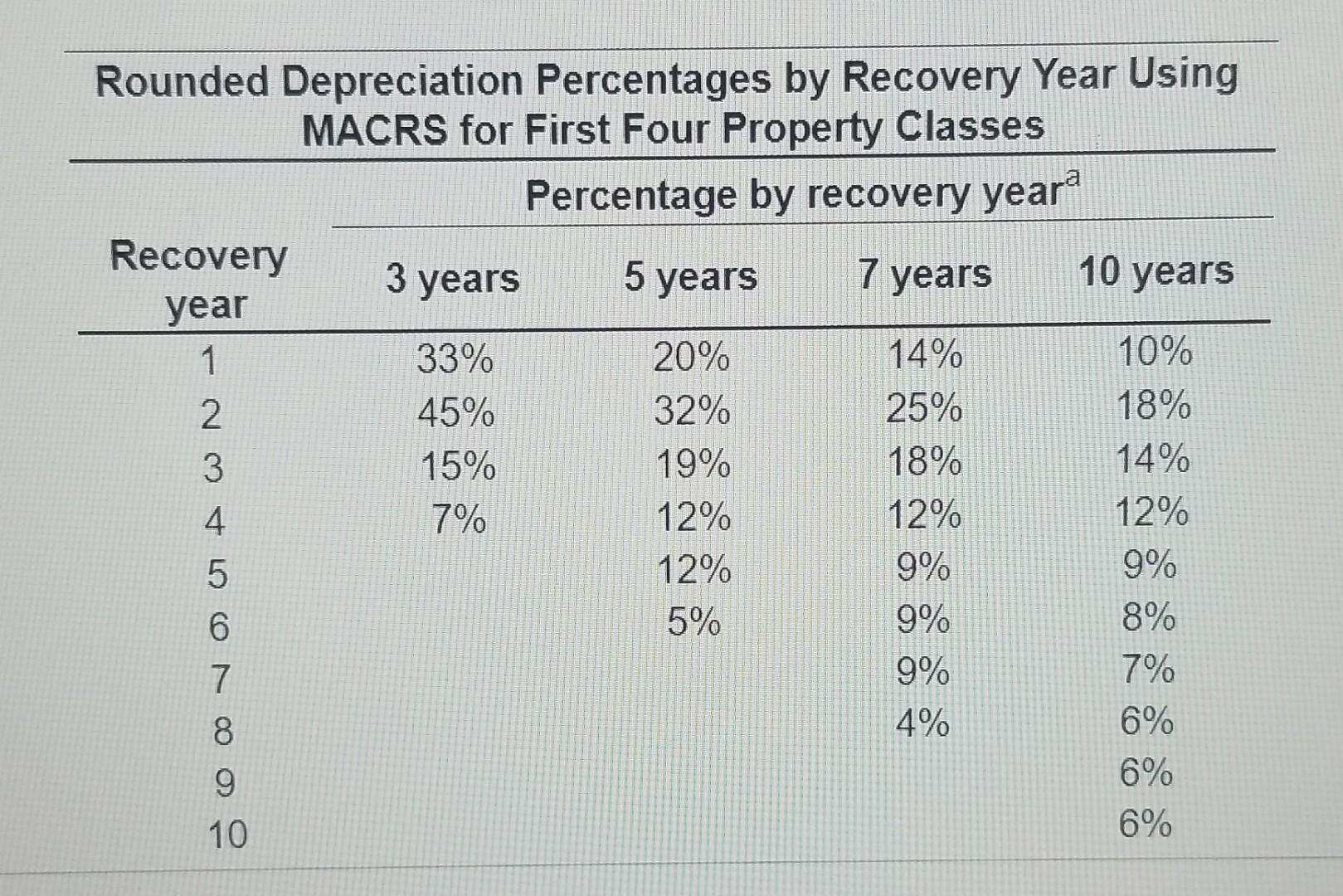Answered step by step
Verified Expert Solution
Question
1 Approved Answer
Lease versus purchase JLB Corporation is attempting to determine whether to lease or purchase research equipment. The firm is in the 21% tax bracket, and




Lease versus purchase JLB Corporation is attempting to determine whether to lease or purchase research equipment. The firm is in the 21% tax bracket, and its after-tax cost of debt is curfently 8%. The terms of the lease and of the purchase are as follows: Lease Annual end-of-year lease payments of $23,000 are required over the three-year life of the lease. All maintenance costs will be paid by the lessor; insurance and other costs will be borne by the lessee. The lessee will exercise its option to purchase the asset for $3,500 at termination of the lease. Ignore any future tax benefit associated with the purchase of the equipment at the end of year 3 under the lease option. 3 Purchase The equipment costs $55,000 and can be financed with a 14% loan requiring annual end-of-year payments of $23,690 for three years. JLB will depreciate the equipment under MACRS using a three-year recovery period. (See for the applicable depreciation percentages.) JLB will pay $2,000 per year for a service contract that covers all maintenance costs; insurance and other costs will be borne by the firm. The firm plans to keep the equipment and use it beyond its three-year recovery period. a. Calculate the after-tax cash outflows associated with each alternative. (Hint: Because insurance and other costs are borne by the firm under both alternatives, those costs can be ignored here.) 3 years Rounded Depreciation Percentages by Recovery Year Using MACRS for First Four Property Classes Percentage by recovery year Recovery 5 years 7 years 10 years year 1 33% 20% 14% 10% 2 45% 32% 25% 18% 3 15% 19% 18% 14% 4 7% 12% 12% 12% 5 12% 9% 9% 6 5% 9% 8% 7 9% 7% 8 4% 6% 9 6% 10 6% O O O AWN a. The after-tax cash outflow associated with the lease in year 1 is $ 16,861.00 (Round to the nearest dollar.) The after-tax cash outflow associated with the lease in year 2 is $ 18,923.00 (Round to the nearest dollar.) The after-tax cash outflow associated with the lease in year 3 is $ 21,543.00 (Round to the nearest dollar.) The after-tax cash outflow associated with the purchase in year 1 is $ 23,368.00 (Round to the nearest dollar.) The after-tax cash outflow associated with the purchase in year 2 is $ (Round to the nearest dollar.) The after-tax cash outflow associated with the purchase in year 3 is $ (Round to the nearest dollar.) b. The total present value of the after-tax cash outflows associated with the lease is $ 69,420.00 (Round to the nearest dollar The total present value of the after-tax cash outflows associated with the purchase is $ 82,627.00 (Round to the nearest dollar C. Which alternative would you recommend? (Select the best answer below.) Purchase Lease
Step by Step Solution
There are 3 Steps involved in it
Step: 1

Get Instant Access to Expert-Tailored Solutions
See step-by-step solutions with expert insights and AI powered tools for academic success
Step: 2

Step: 3

Ace Your Homework with AI
Get the answers you need in no time with our AI-driven, step-by-step assistance
Get Started


